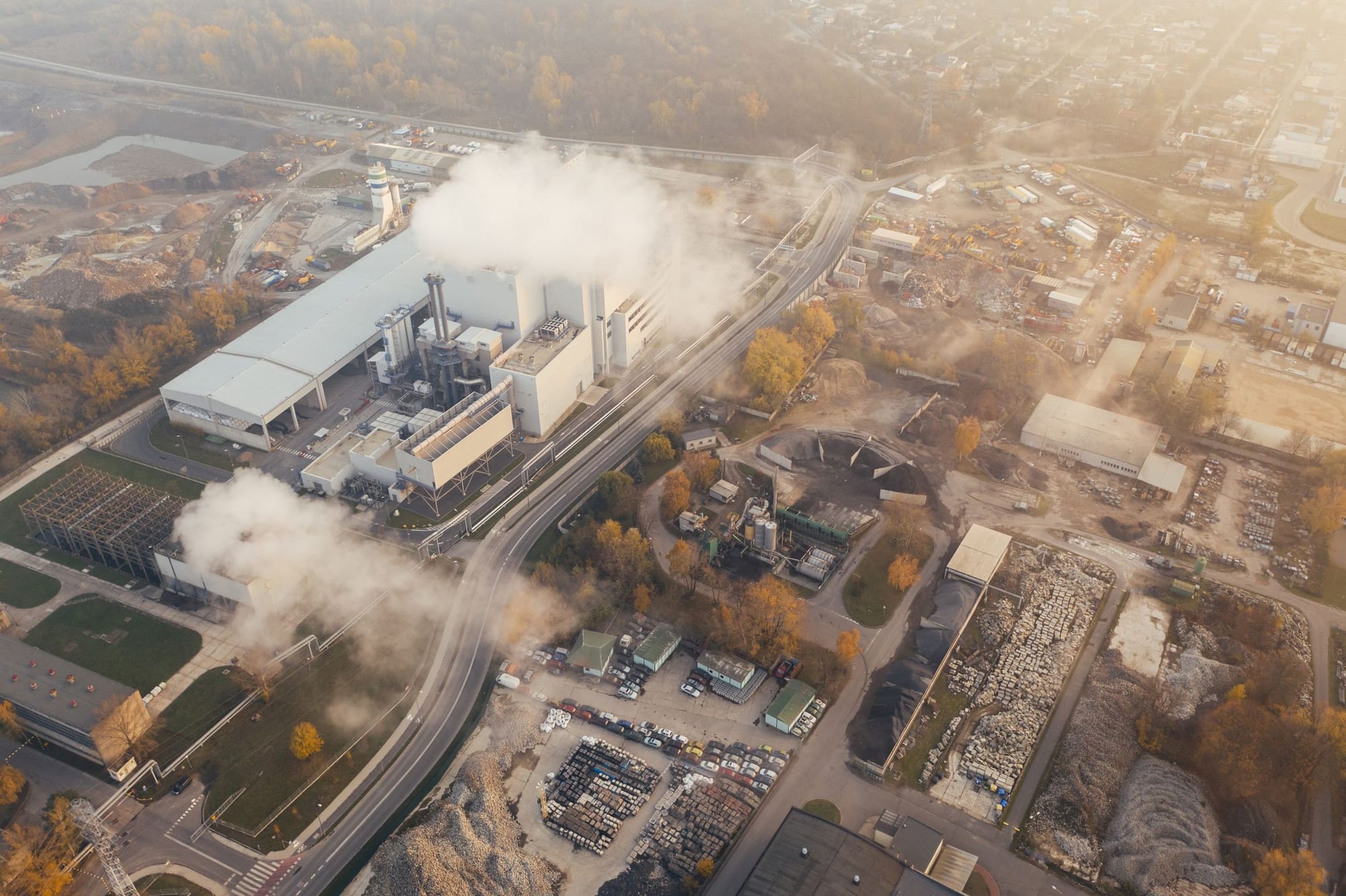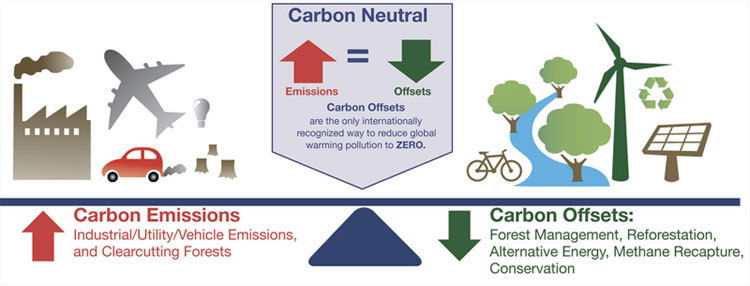Carbon Neutral by 2050

Carbon Neutral by 2050 is a critical path to achieve IPCC’s 1.5 C goal.
Carbon neutrality, or having a net zero carbon footprint, refers to achieving net zero carbon emissions by balancing a measured amount of carbon released with an equivalent amount sequestered or offset, or buying enough carbon credits to make up the difference. It is used in the context of carbon dioxide releasing processes associated with transportation, energy production, and industrial processes.

To fight global warming, we all need to take account of our carbon emissions and make continued efforts to reduce them. In this year (2018) leaders of some of the world’s biggest cities vowed to make all buildings carbon neutral by 2050, ensuring they make no contribution to climate change. From London to Tokyo to New York, 19 mayors said they would put in place regulations requiring all new buildings to be carbon neutral by 2030 and all existing ones to reach the same goal by 2050.
The Paris Agreement provides an international framework for countries to set clear goals and increase their ambition, over time, to reach a net-zero carbon world. The Carbon Neutral Coalition - comprising 26 countries, 15 cities, 17 regions and states, and 192 companies - is spearheading ambitious efforts to implement policies and incentives that will support the process. The 20 cities of the Carbon Neutral Cities Alliance are taking action to drive aggressive emissions reductions. The Under2Coalition of 205 jurisdictions - representing 43 countries and six continents - is developing deep decarbonization plans for 2050. And 412 companies have committed to set ‘science based targets’ to achieve the same aim.
However, to achieve a carbon-neutral world by 2050, we need a lot more action than we’ve seen over the last decade. Let’s act!